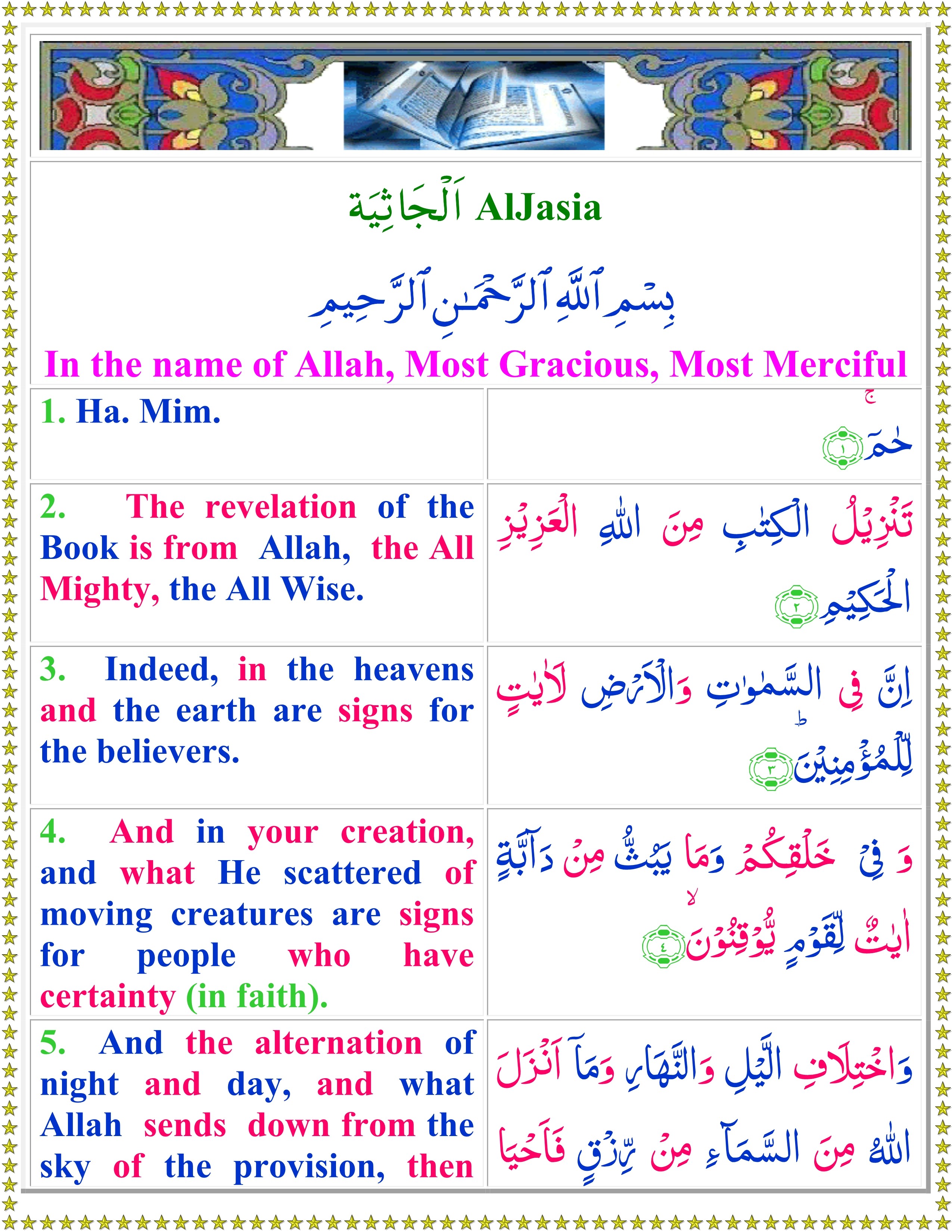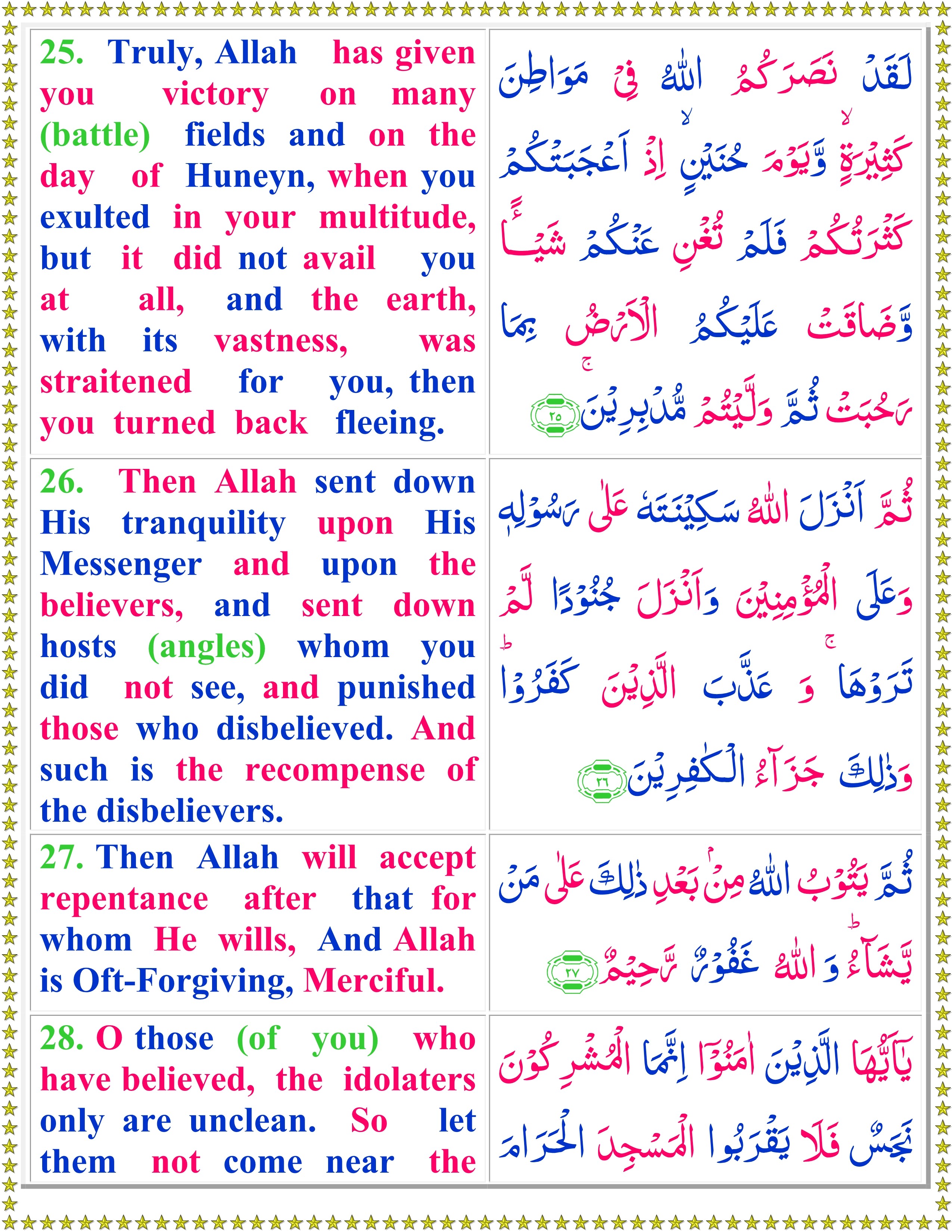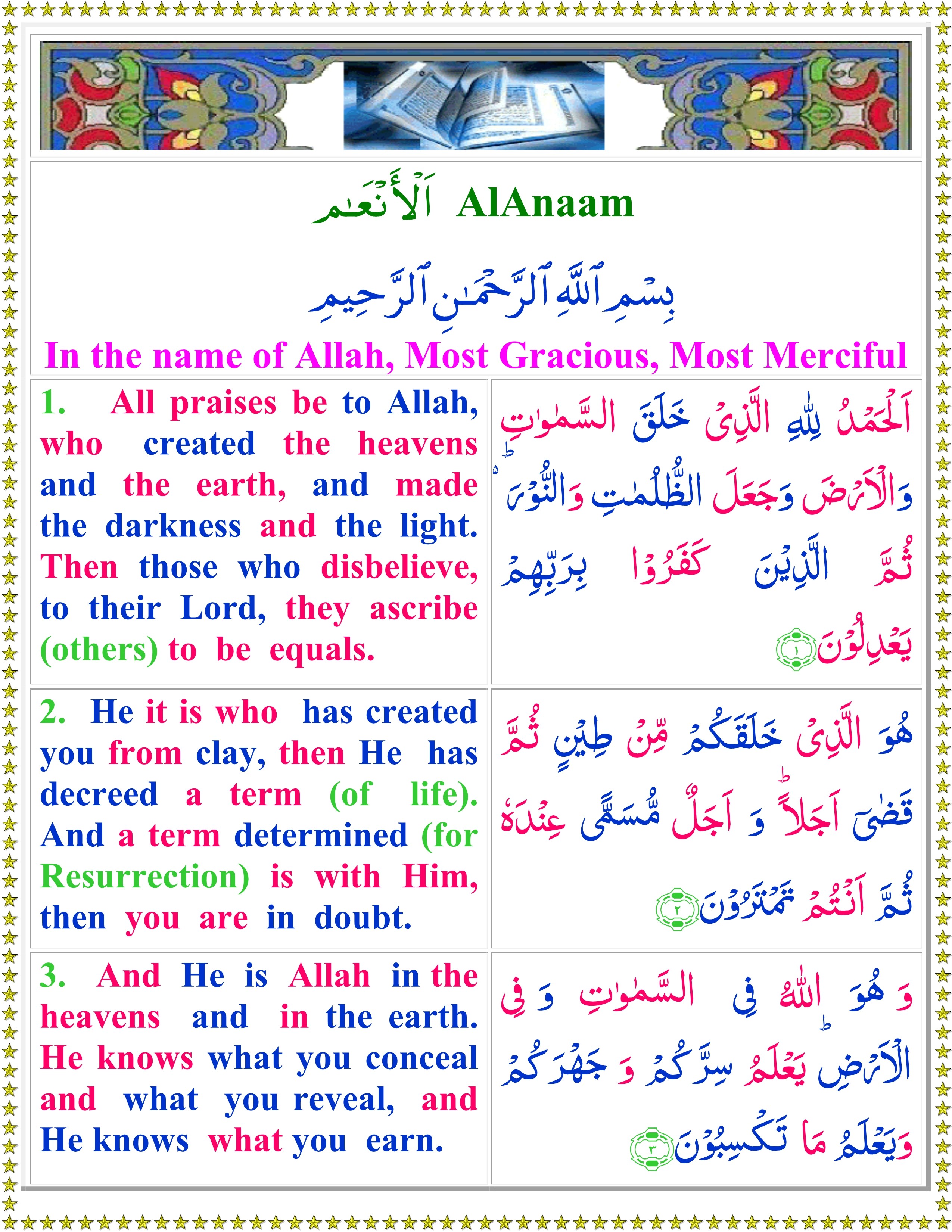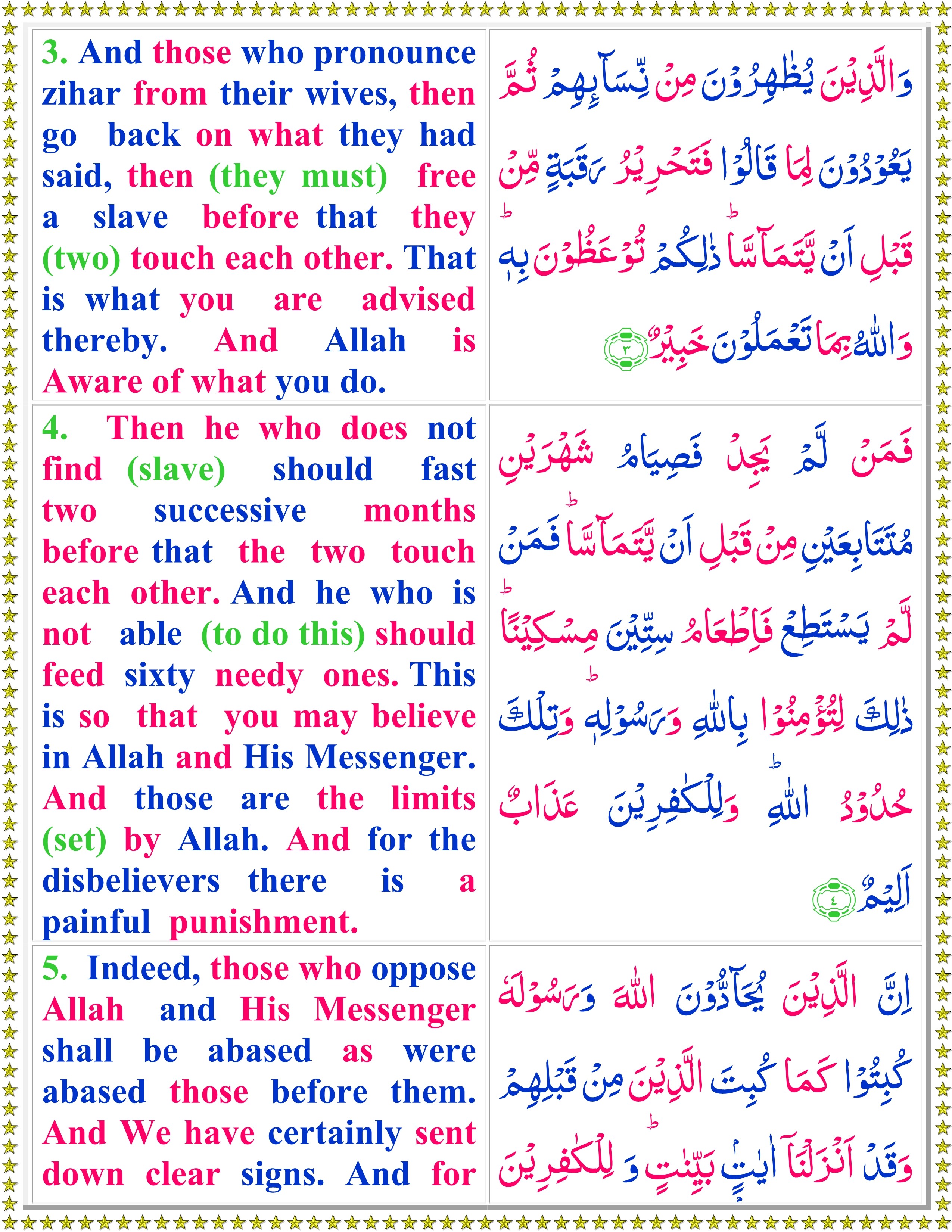

It has become popular as a more contemporary translation, but focuses more on providing a literal meaning of the Arabic than on providing smooth English. It is was produced by three American women, Emily Assami, Mary Kennedy, and Amatullah Bantley, who converted to Islam in the 1980s, and published from Saudi Arabia in 1997. In contrast to Asad’s, the Saheeh International translation aims to provide a literal rendering of the Arabic of the Qur’an into “plain” English. It also provides a particular interpretation of the Qur’an that reflects its publication from Saudi Arabia, and which not all Muslims would find agreeable.

However, many readers find the quality or style of the English to be wanting, and find that the extensive and often repetitive interpretations that are inserted within brackets into the text to be a severe obstruction to its flow and readability. This translation attracts some readers for its plentiful footnotes that provide information from traditional Sunni sources of hadith (statements attributed to the Prophet Muhammad, peace be upon him, or his companions) or commentaries of the Qur’an. The 1980s also saw the publication of The Noble Qur’an by Muhammad Muhsin Khan and Muhammad Taqi-ud-Din al-Hilali. At the same time, some of Asad’s interpretations are unconventional, so this translation is best used alongside another for comparison. Asad’s introduction and highly readable footnotes help to guide the reader through the Qur’an, which has also helped to make it one of the most popular translations among English readers. This translation is among the most poetic, and aims to convey the meanings of the Qur’an in a refined English style rather than to provide a literal word-for-word rendering of the Arabic. Asad was an Austrian Jew who converted to Islam and spent many years working on this translation and engaging in scholarly research. In 1980, Muhammad Asad published The Message of the Qur’an, an English translation and interpretation of the Qur’an. Both come in editions with explanatory footnotes by their translators.

These two translations more than any others have set the bar for what a good English translation of the Qur’an should be like, a bar that to this day has rarely been exceeded. Though they both use a poetic style and sometimes archaic language (such as the pronouns ‘thee,’ ‘thou,’ and ‘thy’), they are fairly clear and remain two of the most popular and widely-available English translations of the Qur’an. This was followed closely afterwards in 1934 by Abdullah Yusuf Ali’s The Holy Qur’an. The earliest English translation of the Qur’an to receive widespread and lasting acceptance in the English-speaking Muslim community is Muhammad Marmaduke Pickthall’s The Meaning of the Glorious Qur’an, first published in 1930. But here, we shall discuss the following English translations of the Qur’an, some of which have deep roots and have made a major impact in the English-speaking community, and others that are relatively new. The only way to grasp the true richness of a language is to know the language itself. At the same time, it is important to keep in mind that the Arabic of the Qur’an is incredibly deep, eloquent, and illustrative, so there will always be some meaning lost in translation, and each translator will attempt to compensate for that in different ways. Among reputable translations, each has different aims and features that make it suitable for different kinds of readers and purposes. The fact is that there is no single best English translation of the Qur’an. In this article, we will consider some of the features of a number of popular translations of the Qur’an in English, which make them suitable for different kinds of readers. Accordingly, the majority of Muslims, as well as interested non-Muslims, who wish to understand the Qur’an have to do so through translations in their native languages. However, more than four out of every five Muslims in the world come from non-Arab backgrounds and do not speak Arabic, the language in which the Qur’an was revealed. The Message of the Qur’an by Muhammad AsadĮvery Muslim desires to understand the intricate language and nuances of the Qur’an.Saheeh International by Emily Assami, Mary Kennedy, and Amatullah Bantley.



 0 kommentar(er)
0 kommentar(er)
